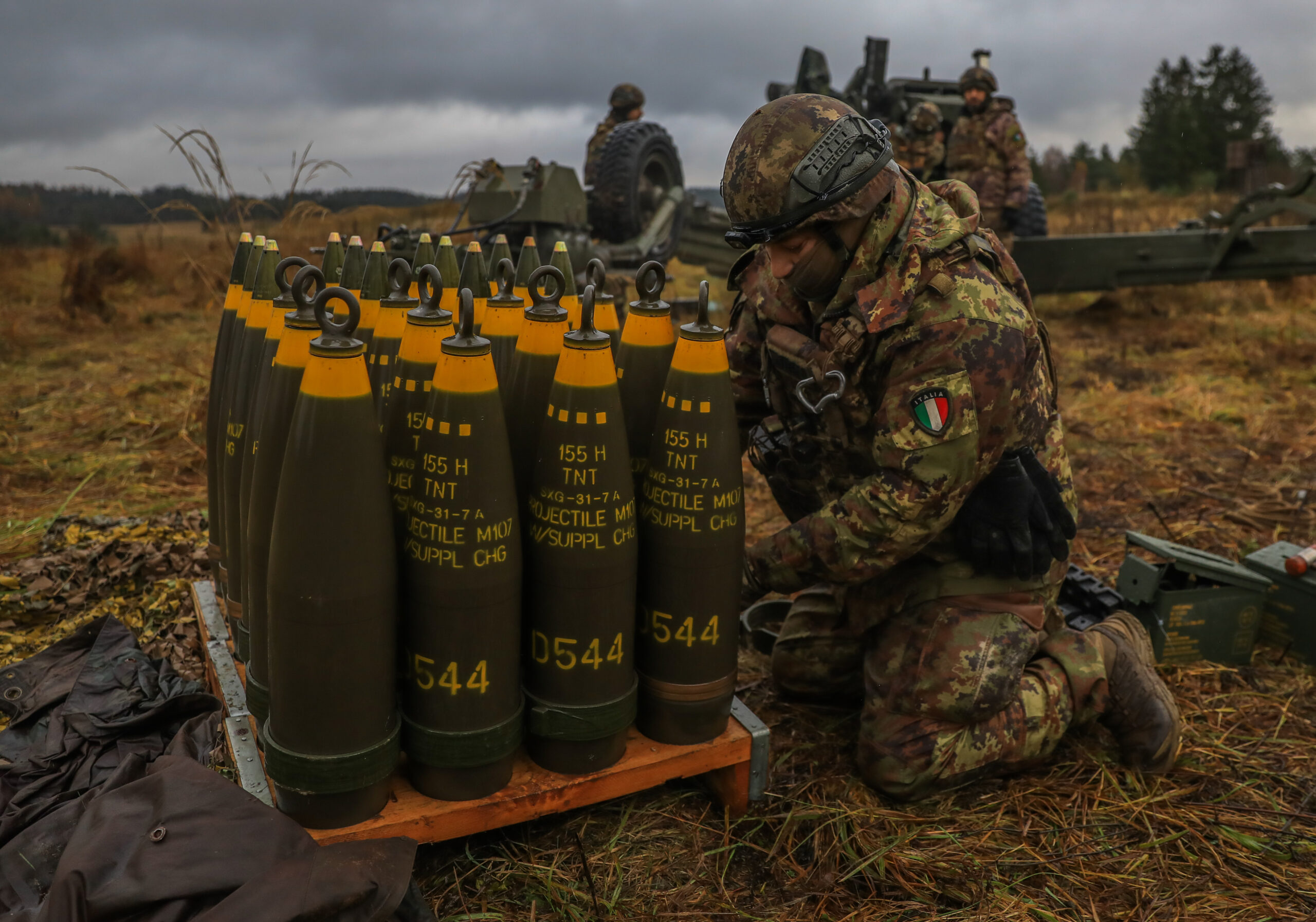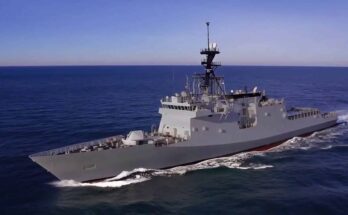
As of March 2025, the United States remains the world’s largest arms exporter, accounting for 43% of global arms exports. But even as demand for American-made defense equipment surges amid rising global tensions, new trade policies are introducing significant headwinds for the U.S. artillery market.
Recently, United States President Donald Trump has implemented a series of tariffs on critical industrial materials, including steel, iron, aluminum, and copper. These measures were intended to reshore key segments of the industrial supply chain and reduce reliance on foreign materials. While the policy aims to strengthen domestic manufacturing capacity, it has also inadvertently complicated defense production, especially in sectors such as materials intensive as artillery manufacturing.
How Tariffs Impact U.S. Artillery Production
The impact of these tariffs on the U.S. artillery market has been swift and far-reaching. Defense programs that previously sourced components domestically are now competing with a growing pool of private-sector buyers also forced to “buy American.” This increased demand is driving up the cost of domestic materials, leading to higher prices across the board, even for companies that were already sourcing domestically.
In the defense sector, many contracts for weapon systems are cost-reimbursable, meaning that increases in production costs are directly passed on to the U.S. government. As a result, rising material costs due to tariffs translate into ballooning budgets for artillery systems, ammunition, and support infrastructure.
Key components such as steel casings, brass parts, lead cores, and the machinery needed to manufacture artillery shells are all affected. Ammunition prices have increased by as much as 25%, and major global suppliers—particularly in China—have either raised prices or halted exports altogether in retaliation for U.S. trade policies. China had previously been a vital source of reloading materials, precision components, and manufacturing equipment used in U.S. arms production.
China’s counter-tariffs, now reaching 125% on some U.S. goods, have created additional friction. The tit-for-tat nature of the trade war has further disrupted global supply chains, forcing American defense firms to seek alternative sources of materials, often at a higher cost and with longer lead times.
A Strained Industrial Base
The timing of the tariffs introduces further strain. Artillery has become a centerpiece of modern conflict, with heavy usage in the wars in Ukraine and Gaza. Ukraine, the world’s largest importer of artillery, has increasingly struggled to obtain sufficient munitions from the U.S. amid rising costs and production delays.
Since 2022, the United States has sent $182 billion in aid to Ukraine, including artillery shells and advanced systems like the Patriot missile. This effort has pushed the U.S. defense industrial base to the edge, prompting the Army to ramp up 155mm shell production from 14,000 per month in 2022 to a projected 100,000 per month by late 2025. Still, this is far from enough to meet both Ukraine’s battlefield needs and replenish U.S. military stockpiles.
Complicating matters further is the situation in Taiwan. In 2024 alone, Taiwan purchased $19 billion in U.S. arms, including multiple HIMARS rocket systems, to counter the growing threat from China. But the same industrial base that is barely keeping up with Ukraine’s needs is now responsible for fulfilling these contracts as well. Delivery delays are mounting, and with tensions rising in the Indo-Pacific, the stakes are high.
If the U.S. cannot meet its obligations to both Ukraine and Taiwan, the credibility of its global defense posture could be called into question — at a time when the world is already watching closely.
Possible Advantages: Domestic Supply Chains
While painful in the short term, the push for domestic production may have long-term benefits. The Ukraine war has exposed serious vulnerabilities in America’s defense supply chain, especially the overreliance on foreign suppliers for critical materials. By incentivizing U.S.-based production, tariffs may help create a more resilient and autonomous industrial base, better suited to withstand geopolitical shocks.
Still, rebuilding this capacity won’t be easy. Establishing new production facilities, training skilled labor, and forging supply chain partnerships within the U.S. will take years. The artillery market, like much of the defense sector, is a long-cycle industry where change comes slowly.
Tariffs have introduced new complexities into an already overstretched U.S. defense industrial base. Nowhere is this more evident than in the artillery market, where rising costs, disrupted supply chains, and increased global demand have collided at a critical moment. While reshoring production and supply chain independence may yield long-term benefits, they come at a high short-term cost, one that must be managed carefully if the U.S. is to meet its defense commitments around the globe.
Anna Miskelley has cultivated a deep interest in global security, emerging technologies, and military systems throughout her academic and professional career. She is currently a Defense Industry Analyst with Forecast International.
Before joining Forecast International, Anna was a research fellow at the Center for Security, Innovation, and New Technology, where she researched the impact of artificial intelligence on U.S. nuclear command and control systems. Proficient in Mandarin Chinese, Anna has published research on topics including strategic stability, internal Chinese politics, and artificial intelligence.




